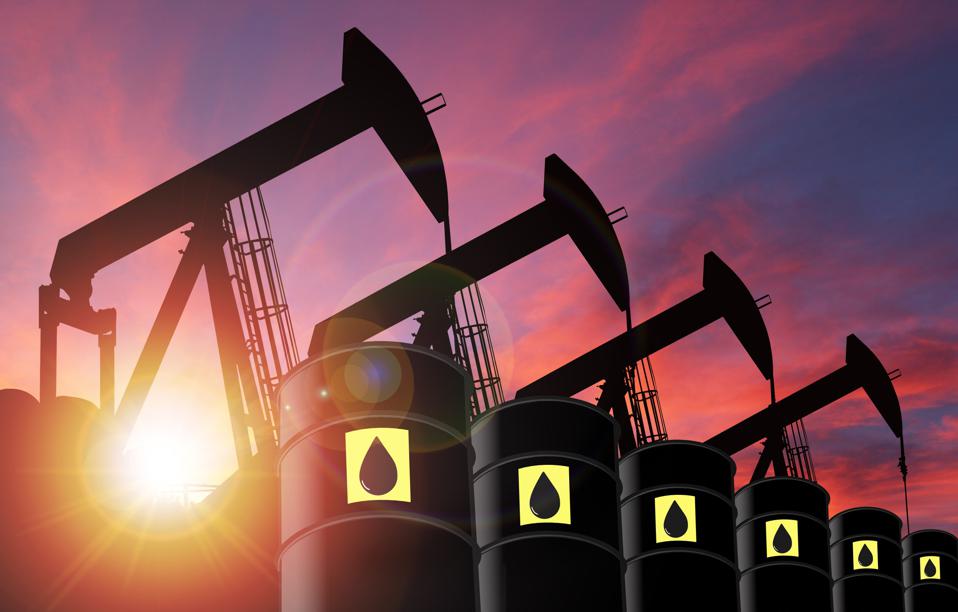A lower expectation for heating demand, near-record output, enough fuel in storage, and falling worldwide petrol prices were some of the factors that contributed to natural gas’s notable reduction of -7.48%, which eventually settled at 139.7. Low gas flows to U.S. LNG export facilities, mostly as a result of the liquefaction unit closure at Freeport LNG’s Texas facility, worsened the oversupply situation to an even greater extent.
Amid the mid-January Arctic freeze, utilities were able to leave more gas in storage due to a combination of near-record production levels, largely warmer-than-usual weather, and decreased heating demand. Gas output in the Lower 48 states of the United States grew to an average of 105.8 billion cubic feet per day (bcfd) in February, up from 102.1 bcfd in January but still below the monthly record high of 106.3 bcfd in December, according to banking corporation LSEG.
Forecasters predicted that the weather in the Lower 48 states would change, going from warmer-than-normal to colder-than-average on February 17–18 and then back to normal to warmer-than-normal levels on February 19–27. LSEG projected that U.S. petrol demand in the Lower 48, including exports, would increase from 124.1 bcfd this week to 129.3 bcfd the next week due to the expectation of seasonally cooler weather. With a 1.07% increase in open interest that settled at 76831, the natural gas market is technically under new selling pressure.

